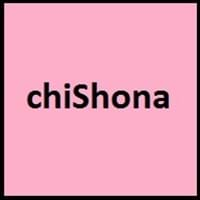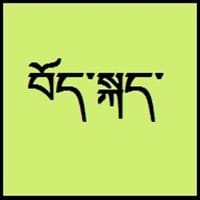Shona vs Tibetan
- Shona language is tonal language.
- The African people in Zimbabwe is made of 10 ethnic groups, each speaking a different languages, shona is spoken by 60 percent of population.
- Tibetan dialects vary alot, so it's difficult for tibetans to understand each other if they are not from same area.
- Tibetan is tonal with six tones in all: short low, long low, high falling, low falling, short high, long high.
Shona and Tibetan Language History
Comparison of Shona vs Tibetan language history gives us differences between origin of Shona and Tibetan language. History of Shona language states that this language originated in 20th century whereas history of Tibetan language states that this language originated in c. 650. Family of the language also forms a part of history of that language. More on language families of these languages can be found out on Shona and Tibetan Language History.
Shona and Tibetan Greetings
People around the world use different languages to interact with each other. Even if we cannot communicate fluently in any language, it will always be beneficial to know about some of the common greetings or phrases from that language. This is where Shona and Tibetan greetings helps you to understand basic phrases in Shona and Tibetan language. Shona word for "Hello" is Mhoro or Tibetan word for "Thank You" is ཐུགས་རྗེ་ཆེ་། (tujay-chay). Find more of such common Shona Greetings and Tibetan Greetings. These greetings will help you to be more confident when conversing with natives that speak these languages.
Shona vs Tibetan Difficulty
The Shona vs Tibetan difficulty level basically depends on the number of Shona Alphabets and Tibetan Alphabets. Also the number of vowels and consonants in the language plays an important role in deciding the difficulty level of that language. The important points to be considered when we compare Shona and Tibetan are the origin, speaking countries, language family, different greetings, speaking population of these languages. Want to know in Shona and Tibetan, which language is harder to learn? Time required to learn Shona is Not Available while to learn Tibetan time required is 24 weeks.





